Opioid Abuse: Signs, Effects, Dangers, and Treatment
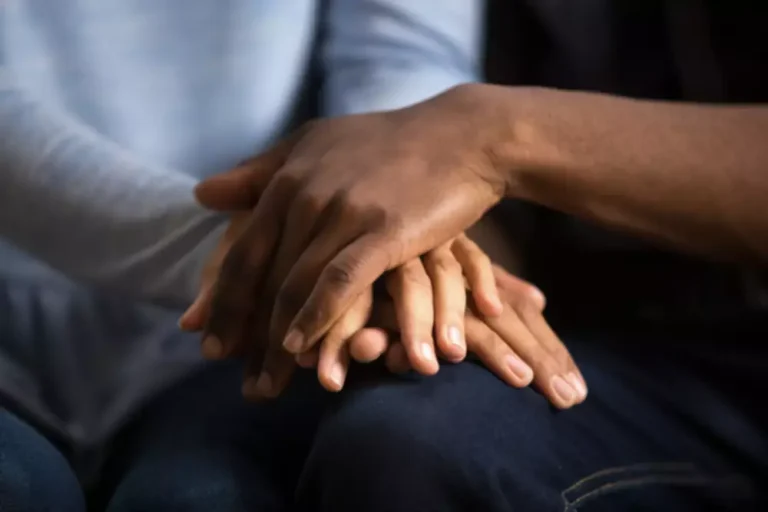
This, combined with tolerance build (needing to increase doses to produce the same effect) can lead to opioid use disorder. It typically involves an overpowering drive to use opioids despite consequences, increased opioid tolerance and/or withdrawal symptoms when you stop taking opioids. The Substance Abuse and Mental Health Services Administration (SAMHSA) provides a guide for people seeking treatment for substance use disorders.
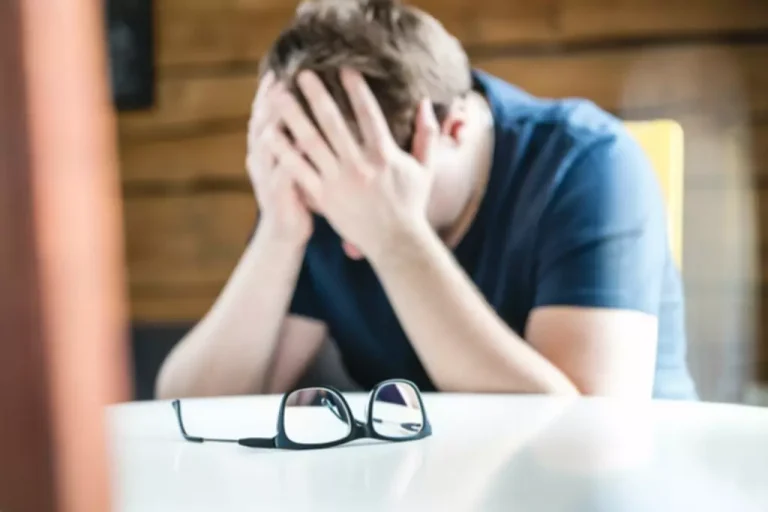
Tables of opioids
- The most effect overall form of OUD treatment is called medication-assisted treatment (MAT), meaning that medications are combined with different types of counseling for a holistic approach.
- According to the Centers for Disease Control and Prevention (CDC), more than 153 million opioid prescriptions were written in 2019.
- In cases of diarrhea-predominate irritable bowel syndrome, opioids may be used to suppress diarrhea.
This website will help you find the resources, support, and community to create your own path. You may face challenges along the way, but combining the power of hope with practical guidance and tools, you’ll be taking steps towards better health. Going to treatment can sometimes be a difficult decision to make, but you’ll quickly see how it was the best choice of your life. If you’re ready to turn your life around and start on the path to recovery, contact Granite Recovery Centers today. People snort heroin because it gets into the bloodstream quicker, but they’ll start shooting the drug intravenously for an even quicker high.
Opioid Use Disorder Treatment
There are things that can be done if there is concern about someone abusing opioids. If someone is prescribed opioids, the tips below are some of the ways to stay safe and prevent abuse. Another medication, opioid addiction treatment naltrexone, blocks the effects of opioids so that they don’t provide any type of high or pleasurable feeling. If too much of an opioid is taken, a person’s respiratory drive becomes severely diminished.
Psychological signs of OUD
Drug addiction, also called substance use disorder, is a disease that affects a person’s brain and behavior and leads to an inability to control the use of a legal or illegal drug or medicine. Substances such as alcohol, marijuana and nicotine also are considered drugs. When you’re addicted, you may continue using the drug despite the harm it causes. WHO supports countries in their efforts to ensure rational use of opioids and their optimal availability for medical purposes and minimization of their misuse and non-medical use. Only half of countries provide access to effective treatment options for opioid dependence and less than 10% of people worldwide in need of such treatment are receiving it (5). Yale Medicine has been a pioneer in the treatment of opioid use disorder in routine clinical settings.
Talk with your health care provider or see a mental health provider, such as a doctor who specializes in addiction medicine or addiction psychiatry, or a licensed alcohol and drug counselor. What’s more, these statistics don’t include the damage opioid misuse can inflict on people’s everyday lives, not to mention those of the people around them. Misuse of these drugs can disrupt relationships with friends and family, harm performance at work or school, and can result in serious health and legal consequences.
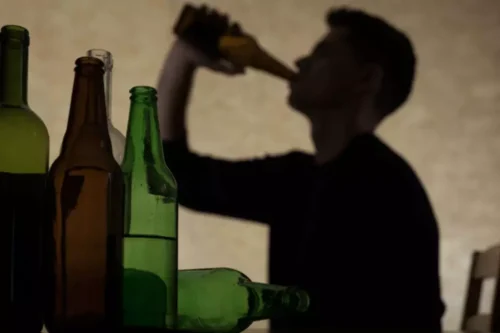
Opiate Withdrawal Help
- NOWS can cause early labor, fetal growth restriction, placental abruption, and fetal death among other problems.
- If you think you have an addiction, know that there is help for you and begin to seek it.
- With the new dangers of fentanyl, a drug much stronger than heroin, it’s important to know how a heroin addiction develops and how to get help.
- People with OUD may also continue to take opioid medication despite increasing physical, interpersonal, or psychological problems.
They may also take opioids or related substances to relieve or avoid these symptoms. They may have tolerance symptoms, such as needing increased https://ecosoberhouse.com/ amounts of opioids to produce the same effects. They may also experience reduced effects when using the same amount of opioids.

People who use opioids illegally often turn to heroin and street fentanyl. Individuals experiencing an opioid overdose will not be able to treat themselves. Naloxone was approved by the Food and Drug Administration (FDA) as the first over the counter medication to prevent opioid overdose. Check with your healthcare provider, pharmacy, community-based distribution programs, local public health organizations or the local health departments on how to obtain naloxone in your state.
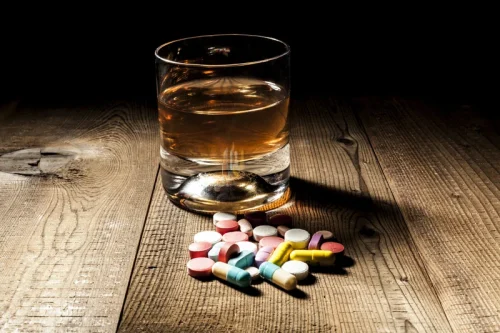
- It’s important to recognize when you have a problem and to take steps to get back on track.
- It’s like your brain is running a marathon through quicksand – everything just gets slower and harder.
- Physical dependence is the physiological adaptation of the body to the presence of a substance, in this case opioid medication.
- Treatment options such as medications, therapy, and rehabilitation are available for those who are looking to quit.
Over time, people who use opioids (for pain or other reasons) develop a physical dependence on the drug, meaning that if they stop taking opioids, they experience withdrawal symptoms. At that point, some may take opioids to put an end to withdrawal symptoms rather than to achieve pain relief or a high. Importantly, physical dependence with tolerance and withdrawal alone do not mean someone has an opioid use disorder.
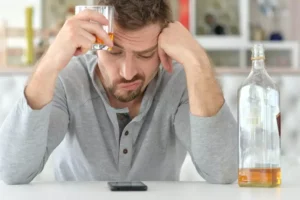
What are the risk factors for opioid use disorder?
They may also experience psychological symptoms or changes in the way they think and behave. People with OUD may try to obtain more medication than prescribed in alternative ways or with illegal or deceptive methods. They may go to healthcare facilities in non-emergency situations to do so or trade medications for opioids with others. Even when suffering from a substance use disorder, a person may deny that the problem is serious and resist efforts to help for a long time. When ready and willing to start a recovery process, it is important for the person to have access to resources and to start treatment as quickly as possible. This article will review the signs of opioid abuse, the effects and dangers it can cause, as well as how it can be treated and prevented.
Phone, Video, or Live-Chat Support
Therapists and other addiction and substance abuse professionals carry out cognitive behavioral therapies and promote adherence to medical therapies. The most effective treatments for opioid use disorder include the combined use of medication and behavioral treatment. These treatments are routinely provided on an outpatient basis, including primary care or at federally regulated opioid treatment programs.


